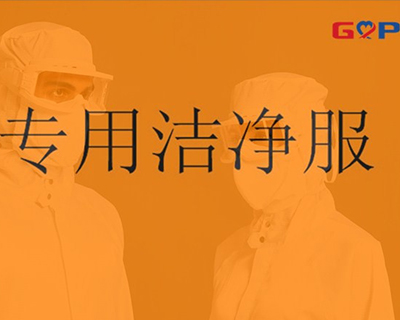If visual examinationis used to supplement swab or rinse sampling, such determination of a visual detection limitmay be done but is not required.?
如果目檢只是作為擦拭或沖洗取樣的補(bǔ)充�����,則可以但不必要確定“目視檢測限”���。

A visual detection limit under specified viewing conditions can bedetermined by spiking coupons of the equipment surface materials with solutions of the residue atdifferent levels (in μg/cm2), and having a panel of trained observers determine the lowest level atwhich residues are clearly visible across the spiked surface. The significance of such a visual detectionlimit is that if equipment surfaces are determined to be visually clean under the same (or more stringent)viewing conditions in a cleaning validation protocolthe level of the residue is below the visualdetection limit. Appropriate viewing conditions include distance, lighting and angle. The visual limitdepends on the nature of the residue as well as the nature of the surface (e.g., stainless steel vs. PTFE)and the visual acuity of the inspector. Typical values reported in the literature for a visual detectionlimit are 1-4 μg/cm2 (23).For this determination, a percent recovery is not established;the purpose isto establish a value where residues are clearly visible so that any surface observed as visually clean isclearly below that value.
指定觀察條件下的目視檢測限可以通過在設(shè)備材質(zhì)試樣上涂布不同濃度( μg/cm2) 的殘留物來確定。 并需要一組訓(xùn)練有素的觀察者來確定表面殘留物明顯可見時(shí)的最低殘留水平���。 目視檢測限的意義在于���, 如果在清潔驗(yàn)證方案中,在同樣(或更嚴(yán)格)的觀察條件下確定設(shè)備表面已目檢潔凈�����,則可認(rèn)為實(shí)際殘留水平低于目視檢測限���。適當(dāng)?shù)挠^察條件包括距離,光照以及觀察角度��。 目視檢測限取決于殘留物性質(zhì)��,表面性質(zhì)(例如�,不銹鋼對PTFE)以及觀察者的視力。文獻(xiàn)報(bào)道的典型的目視檢測限是1-4?μg/cm2���。對于目視檢測限��,不需要確定百分回收率�����。該研究的目的是確定殘留物明顯可見時(shí)的一個(gè)殘留物水平����, 這樣目視潔凈的任何表面上殘留水平都低于目視檢測限。
關(guān)于如何確定可見殘留限度的方法��,請查看歷史文章《如何確定清潔驗(yàn)證可見殘留限度》�����。